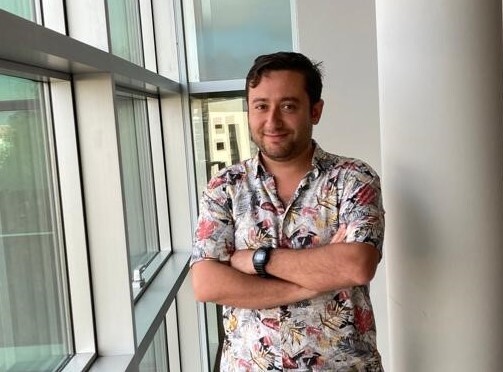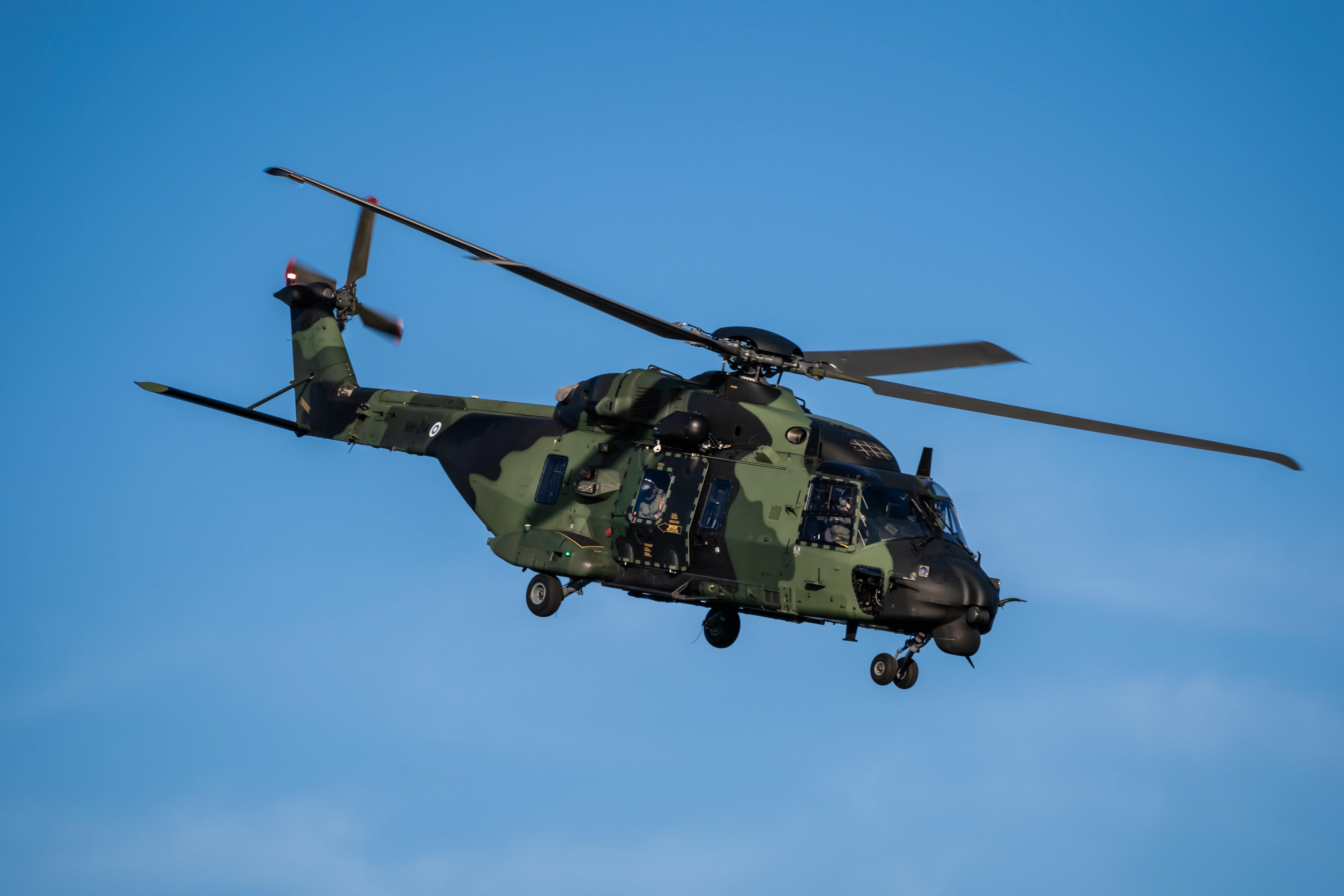Working on the NH90, a military, twin-engine helicopter. How cool is that? "Very cool," is how Hasan Dinc knows. He is employed by ENTER and works through us on a number of projects all related to the NH90. Something that makes him very happy, because he had two main priorities for what he wanted to do: a position in the aviation sector and work that requires him to make calculations.
"I was working for the Dutch military when I decided I wanted to continue as an engineer after all, because a military position doesn't quite suit me," he explains. By then he had already completed two higher professional education (hbo) courses, one of which was in aerospace engineering, the sector for which his heart clearly beats faster. And now, thanks to Remco, his manager at ENTER, he is working as an Aerospace Stress Engineer on the landing gear of the NH90. In doing so, he researches both 'stress' and 'fatigue'. Stress is about the load on the material, whereas fatigue is about the repetition of a certain load: how often can the material handle it?
"I had two priorities: a position in the aviation industry and work that required me to do calculations "
Hasan Dinc / Aerospace Stress Engineer

New coating
An important project Hasan is working on is 'reach compliance'; on the landing gear of NH90 certain (coating) layers have been applied and this layers will be banned by the EU and therefore some surface coatings need to be replaced. "The team is looking for the alternatives," he explains. "And of course it is very important that the material properties do not deteriorate in any way. I am involved in this project as a stress engineer, which means that it is my job to look at the effects of the alternatives on the basis of the stress principle and to analyze them. This last project appeals to Hasan because it gives him a lot of insight into the landing gear and engineering. "I have to investigate both stress and fatigue per component. That's challenging, but also very educational."
"I get a lot of insight into landing gear and engineering"
Hasan Dinc / Aerospace Sress Engineer
In addition, Hasan makes 'static strength' and 'fatigue' calculations for activities that are 'non-recurring'; that means, they only occur once. Hasan: "Using static strength analyses, we determine the 'Margin of Safetys' and the 'Reserve Factors' of the stress-critical locations. We do this, for example, using Finite Element Method, FEM or with hand calculations. With fatigue analyses we determine, among other things, the fatigue damage values of the stress-critical locations." In layman’s terms: what the safety margin is within work or adjustments to the landing gear can be done without affecting the quality (the required mechanical characteristics of the landing gear. Something that, of course, must be analyzed in advance.
Transport
Another project Hasan is working on when he has time: NH90 Air Transportability. The air force of a certain country also has ‘Hasan’s helicopters’ in its fleet and the desire is to transport them via a transport aircraft (C-17). ''During such a transport there will be certain forces on the landing gear, these have to be described and analyzed. Based on the analyses, it must be shown that it is possible to transport the NH90." Here Hasan's task is to set up a document from 0, describing what forces occur and what impact they have on fatigue life and other important factors. "But when I'm done with that, the mentioned air force can transport the helicopter in a C-17 from A to B. That's a pretty cool idea!
